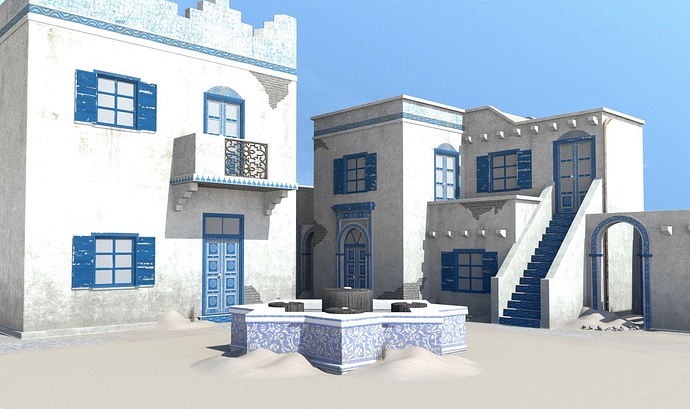Light path expressions are not influencing the behaviors of materials, so they won’t contribute to achieve a more physically realistic result. Their usefulness is more related to the fact that you can use them to render the contribution of different effects to separate render outputs. The main advantage is to save render time. For example, you can render the contribution of each light in an interior scene to different images at the same time, and then compose them together in the post-processing phase, tweaking light intensity or temperature. Or you can render the specular contribution to an output and the diffuse contribution to another, and then increase or decrease both effects independently in post processing.
exactly what I thought, you can also tweak materials of your own according to different outputs and modify them, not in post but within the material editor - in real time on screen - and achieve a more realistic response to lighting conditions; that would be particularly useful for behaviours I mentioned above, assuming to act on the right sliders (dunno if it is possible in FR to take control over anisotropy and fresnel effect)
to those who don’t know what physically based shading model means I suggest these simple guides by allegorithmic:
https://www.allegorithmic.com/pbr-guide
An exchange with allegorithmic softwares and data base would be great and make of FR a top tier renderer
updating of testing with DL integrator, only few secs to get a decent render; light samples set to 50 and epsilon to 1500.
Any clue to have light through transparency within the integrator?
What do you mean by “light through transparency”?
With the direct lighting integrator it is possible to have transparency so that light can pass through it and enlighten, for example, an interior scene?
As of now, the direct integrator doesn’t support transparency
